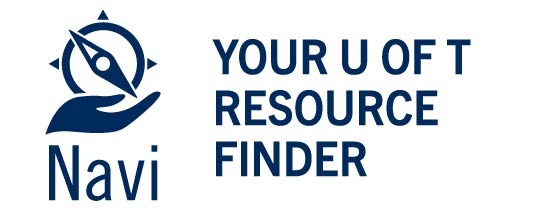Entry Visa & eTA
Whether you need a Temporary Resident Visa (TRV) or electronic Travel Authorization (eTA) depends on your country of citizenship. The Immigration, Refugees & Citizenship Canada (IRCC) website can help you identify whether a visa is required for entry into Canada.
Electronic Travel Authorization (eTA)
If you are visa-exempt (and not an American citizen), you will be required to have a valid Electronic Travel Authorization (eTA) when flying into Canada. Like with the visa, an eTA is granted automatically once a study or work permit application is approved. Unlike with the visa, this happens whether the eTA application is submitted within or outside Canada.
The eTA is valid for up to 5 years or until the expiry date of your passport (whichever comes first). If you need to apply for an eTA on its own, the application is submitted online, and is usually processed in minutes.
Mexican citizens
The option to apply for an electronic travel authorization (eTA) is only available to Mexican citizens who hold a valid US non-immigrant visa or who have held a Canadian visa during the past 10 years and are travelling to Canada by air using their Mexican passport. Those who do not meet these conditions will need to apply for a Canadian visitor visa (TRV – see below).
All eTAs issued to Mexican passports before 11:30 p.m. Eastern time on February 29, 2024, are no longer valid — except for eTAs linked to Mexican passports with a valid Canadian study or work permit. Mexican citizens travelling to Canada without a valid work permit or study permit will need to apply for a TRV or reapply for a new eTA (if they are eligible).
Mexican citizens holding a valid study permit or work permit can still travel by air to Canada with their existing eTA as long as it remains valid, and they can continue to study or work in Canada based on the validity and conditions of their permit.
Provincial Attestation Letter (PAL)
PALs are not required for TRV or eTA applications.
To prove that you are exempt from the PAL requirement, include a very basic letter which explains that you are applying for a visa and not a study permit.
IRCC’s pre-application questionnaire will ask whether you have a PAL and/or the personal checklist may ask you for proof that you qualify for an exception to the PAL requirement. The ‘How to Apply’ section in the student tab below has been updated to provide instructions about how to respond.
The Temporary Resident Visa (TRV) is a sticker placed in your passport by Canadian immigration officials. The TRV allows you to travel to Canada. It is also sometimes called a visitor visa or entry visa. The TRV is granted automatically when IRCC approves a study permit or work permit application that was submitted outside of Canada.
Expiry of the TRV
Your visa only needs to be valid when you enter Canada. After that, it is your study permit that authorizes you to remain in Canada.
If you plan to travel outside of Canada and your original TRV is going to expire before you plan to return, you will need to get a new TRV so that you can travel back to Canada.
Watch our Overview of Visa Renewal (requires log-in with UTORid)
The Temporary Resident Visa (TRV) is a sticker placed on your passport by Canadian immigration officials. It allows you to travel to Canada. It is also sometimes called a visitor visa or entry visa. The TRV is granted automatically when IRCC approves a study permit or work permit application that was submitted outside of Canada.
Expiry of the TRV
Your visa only needs to be valid when you enter Canada. After that, it is the post-graduation work permit (PGWP) – if you have already graduated and received one – that allows you to remain in Canada.
If you plan to travel outside of Canada and your original TRV is going to expire before you plan to return, you will need to get a new TRV so that you can travel back to Canada.
Watch our Overview of Visa Renewal (requires log-in with UTORid)
Register for a live Question and Answer session (requires log-in with JOINid/UTORid)
Frequently Asked Questions
The notation on your TRV does not need to match your permit. It is valid, regardless. You can continue to use your TRV until it expires.
If your TRV was issued as part of a study or work permit application made outside of Canada and the notation on the visa doesn’t match, it will be important to confirm with IRCC that the correct permit was approved.
Because the TRV is used only for entry into Canada, it is allowed to expire after you have arrived. It only must be valid when you enter Canada. As the study permit is what grants you status in Canada, it is the document that must be extended before its expiry date.
International students who hold an expired TRV may be allowed back into Canada if they travel only to the United States. You may be allowed to re-enter Canada with an expired visa if you meet the following conditions:
- you hold a valid study permit; and,
- you return directly to Canada from the USA without having travelled to any other country during that trip.
Where possible, we recommend all students that require a TRV to enter Canada, to have one despite these rules.
Find more information about What to Expect When Entering Canada.
Every refusal is accompanied by a letter that gives some information about the reason for the decision. If you need help understanding it, and your next steps, you can book an appointment with an International Student Immigration Advisor.
Check out our Resources page for more support.
